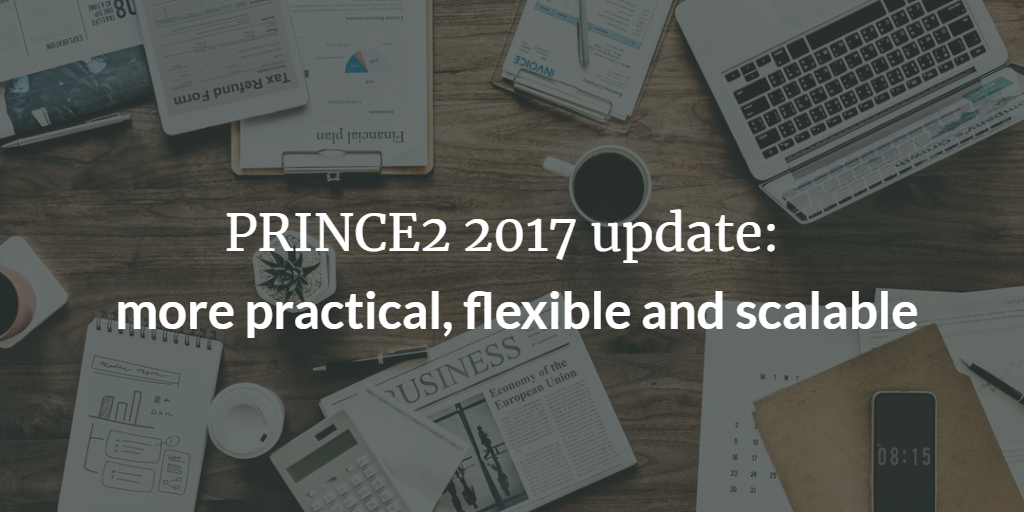Categories
Tags
Newsletter
Subscribe to the QRP International neswletter and get all the news on trends, useful contents and invitations to our upcoming events
Subscribe
Direct community feedback from practitioners, trainersand consultants made it clear that an evolutionaryupdate was requested, that responds to higherexpectations of stakeholders in today’s working environment. The 2017 update of PRINCE2, that will come out in June 2017, builds on the proven strength of PRINCE2 while responding to current imperatives for flexibility and agility. It does that by putting more emphasis on:
Together with new Foundation and Practitioner exams,that highlight the core and the practical application, the 2017 PRINCE2 update provides practical, accessible andauthoritative guidance for anyone managing a project. What did not change? The PRINCE2 2017 update does not change the structure of the method, based on the four integrated elements:
This structure was, and is, one of the proven strengths of PRINCE2 – it combines all the essential elements of
project management in an integrated framework that needs to be applied to do a successful project.
The first three integrated elements, the principles, theprocesses and the themes, have not changed much. The Principles are still what they were: the base for the method. The new manual does underline the importance of the principles even more than before, as they are always guiding in tailoring the method and tailoring has become so much more important in this version of PRINCE2. As for the processes, only in the process Initiating a
Project an activity – ‘agree the tailoring requirements’ – has been added, to make sure tailoring is a conscious
decision.
The documents (I should say ‘management products’) did not change much either. The old ‘management strategies’ became ‘management approaches’, except for the ‘configuration management strategy’ that is called ‘change control approach’ now (surely an improvement). The old ‘benefits review plan’ has been renamed ‘benefits management approach’, to emphasize PRINCE2’s link to creating business value. And the ‘project’s product description’, previously in the ‘project brief’, is now part of the ‘outline business case’, because there is more attention to scope and requirements in the business case theme. The themes largely remained as they were, with a couple
of exceptions:
This heightened attention to tailoring makes the 2017 version of the PRINCE2 manual more practical, flexible and scalable. Thereby PRINCE2 remains the de-facto standard for project management with accessible, authoritative
guidance for organizations and practitioners managing their projects.
Author: Niels van Bemmelen